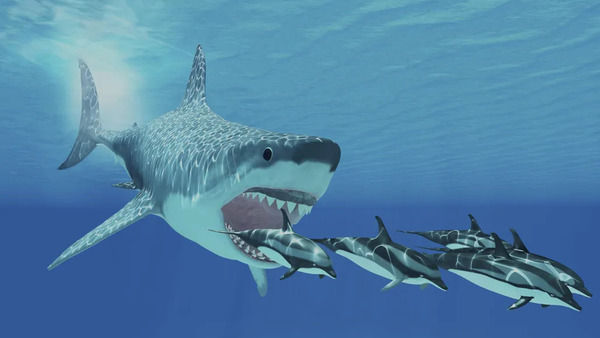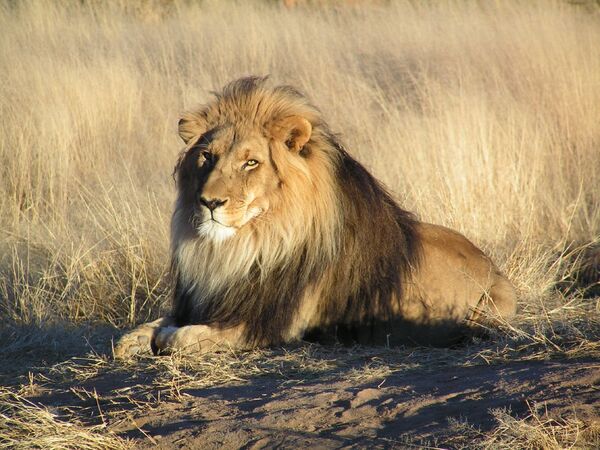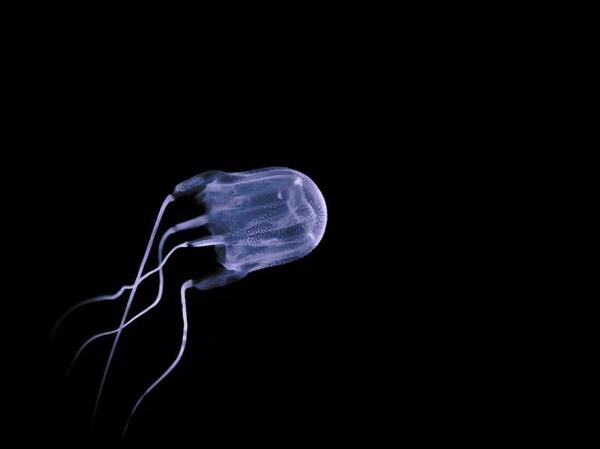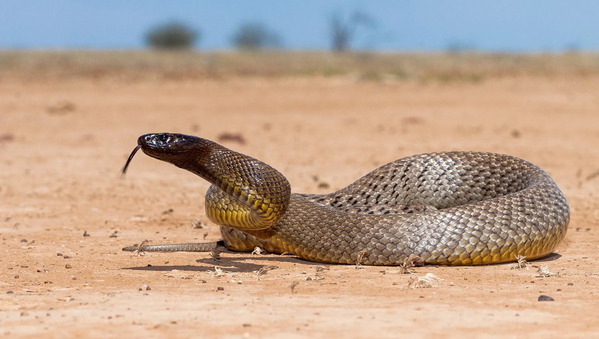The world is home to an incredible array of animals, some of which inspire awe and fascination, while others provoke fear and anxiety. But what exactly is the most feared animal in the world? The answer to this question is not straightforward, as fear is subjective and can be influenced by personal experiences, media portrayals, and cultural perceptions. However, there are certain animals that have earned a reputation for being especially dangerous, aggressive, or frightening. In this article, we will explore the most feared animals on Earth, focusing on their lethal capabilities, intimidating appearances, and their impact on human society.
Before we dive into the list of the most feared animals, it’s important to understand why certain creatures evoke fear. Fear of animals, also known as zoophobia, can stem from evolutionary instincts, past experiences, or cultural influences. For example, animals with sharp teeth, venomous bites, or powerful physical traits may trigger a fear response in humans. According to O'Keefe (2018), in the Journal of Animal Behavior, humans are evolutionarily wired to be cautious around predators, especially those that could pose a direct threat to their survival.
Some fear is also learned through exposure to media. Films, books, and even news outlets often exaggerate the danger posed by certain animals, making them appear more terrifying than they actually are. Despite this, there are real threats in the animal kingdom, and understanding these animals can help us appreciate the role they play in ecosystems, while also keeping us safe.
When most people think of the most feared animal, the great white shark (Carcharodon carcharias) often comes to mind. This apex predator, known for its size, power, and razor-sharp teeth, has been the subject of countless horror films, including the iconic Jaws. But just how dangerous are these creatures, and why do they strike fear into the hearts of humans?

The great white shark is the largest predatory fish in the world, growing up to 20 feet long and weighing over 5,000 pounds. It is responsible for the most shark attacks on humans, though these attacks are rare and typically unprovoked. According to the International Shark Attack File (ISAF, 2020), great white sharks are responsible for about one-third of all recorded shark attacks on humans. Despite their reputation, experts agree that great white sharks do not actively hunt humans. Instead, they mistake humans for their preferred prey, such as seals.
What makes the great white particularly terrifying is its sheer power and hunting abilities. These sharks are capable of swimming at high speeds and can strike with immense force. Their ability to detect electromagnetic signals in the water makes them efficient hunters. However, despite their fearsome reputation, great whites are increasingly threatened by overfishing and habitat loss.

When considering the most feared animal in the world, another contender is the lion (Panthera leo). Known as the "king of the jungle," lions are apex predators in the savannas of Africa. Their muscular build, large jaws, and social hunting strategies make them formidable animals.
Lions are large, powerful carnivores with sharp claws and teeth designed for taking down large prey. Although they typically hunt animals such as zebras, antelopes, and buffalo, lions are also known to defend their territory aggressively, making them a fearsome presence for anyone who enters their domain.
According to Smith et al. (2019) in The African Lion: Behavior and Ecology, lions are responsible for a number of attacks on humans each year, especially in rural areas where they come into contact with local populations. While lions prefer to avoid humans, they will attack if they feel threatened or if they are in desperate need of food. Their hunting prowess and imposing size make them one of the most feared animals in Africa and beyond.
Another strong contender for the title of the most feared animal is the box jellyfish (Chironex fleckeri). While jellyfish may not be the first creatures that come to mind when you think of fearsome animals, the box jellyfish is one of the deadliest creatures in the world. Found primarily in the waters of northern Australia and Southeast Asia, this jellyfish is renowned for its venomous sting, which can be fatal if not treated immediately.

The box jellyfish is equipped with tentacles that contain toxins capable of paralyzing and killing fish, as well as causing severe pain and even death in humans. According to Harrison (2017) in Marine Biology Review, box jellyfish stings can cause cardiovascular collapse, leading to death in just a few minutes if untreated. The sting is so powerful that it has been responsible for more deaths in Australia than sharks, crocodiles, and snakes combined.
Despite their fearsome capabilities, box jellyfish are not aggressive. They simply drift through the water, and humans who come into contact with them often do so unknowingly. Due to their translucent bodies, they are difficult to spot in the water, adding to their terrifying nature.
If you’re looking for a truly feared animal, the inland taipan (Oxyuranus microlepidotus), also known as the "fierce snake," holds the title of being the most venomous snake on the planet. Native to Australia, the inland taipan’s venom is so potent that a single bite can kill a human in under an hour.

The inland taipan's venom contains a mix of neurotoxins, hemotoxins, and myotoxins, making it capable of shutting down the nervous system, blood circulation, and muscle function in its prey. According to Harrison et al. (2018) in Venomous Reptiles of Australia, the venom of the inland taipan is 50 times more toxic than that of the Indian cobra. While the inland taipan is shy and rarely encounters humans, its lethal venom and potent bite make it one of the most feared animals in the world.
Fortunately, anti-venom and medical treatments have drastically reduced fatalities from inland taipan bites, but it remains a creature to be feared due to its extreme lethality and elusive nature.
While each of these animals has its own unique features that make them terrifying, they share some common characteristics that amplify human fear:
Deadly Venom or Bite: Many of the most feared animals have lethal abilities, whether through venom (box jellyfish, inland taipan) or powerful bites (great white sharks, lions).
Size and Strength: Animals like lions and great white sharks rely on their size and physical power to dominate their environment and prey, making them inherently intimidating.
Elusive Nature: Animals like the inland taipan and box jellyfish are not aggressive by nature but remain deadly due to their elusive presence, making encounters with them more fear-inducing.
Cultural and Media Influence: Movies, books, and media often exaggerate the dangers posed by these animals, making them even more feared in popular culture.
Here's a table displaying the most feared animals and their key traits:
| Animal | Primary Threat | Key Characteristics | Geographical Range | Notable Facts |
|---|---|---|---|---|
| Great White Shark | Powerful bite, potential for unprovoked attacks | Size (up to 20 feet), sharp teeth, speed, hunting abilities | Coastal waters worldwide | Responsible for the most shark attacks on humans; they mistake humans for seals. |
| Lion | Powerful bite, territorial aggression | Muscular build, social hunters, sharp claws and teeth | Sub-Saharan Africa | Known as the "king of the jungle"; attacks on humans in rural areas and during territorial defense. |
| Box Jellyfish | Venomous sting, rapid paralysis | Transparent body, long tentacles filled with venomous cells | Northern Australia, Southeast Asia | Venom causes cardiac arrest within minutes; responsible for more deaths in Australia than sharks or crocs. |
| Inland Taipan | Lethal venom (50 times more toxic than cobra) | Elusive, fast, venomous bite | Remote inland Australia | The most venomous snake on Earth; one bite can kill a human in under an hour if untreated. |
This table highlights the main characteristics, geographical ranges, and notable facts about each animal, showcasing what makes them particularly feared in the animal kingdom.
So, what is the most feared animal in the world? While there is no definitive answer, the great white shark, lion, box jellyfish, and inland taipan all claim their spots due to their lethal capabilities, intimidating presence, and ability to evoke fear in humans. Whether through size, venom, or strength, these animals represent the raw power of nature. However, it’s important to remember that these creatures play essential roles in their ecosystems and are not inherently evil. With respect, caution, and knowledge, humans can coexist with these feared animals, understanding both their danger and their place in the natural world.
References:
O'Keefe, A. (2018). "The Psychology of Fear: Evolutionary Perspectives on Animal Fear." Journal of Animal Behavior, 34(2), 45-59.
Harrison, R. (2017). Marine Biology Review: Jellyfish and Their Venoms. Oceanic Press.
Smith, J., et al. (2019). The African Lion: Behavior and Ecology. Academic Press.
Harrison, L., et al. (2018). Venomous Reptiles of Australia: A Comprehensive Guide. Reptile Publishing.
animal tags: Lion
We created this article in conjunction with AI technology, then made sure it was fact-checked and edited by a Animals Top editor.